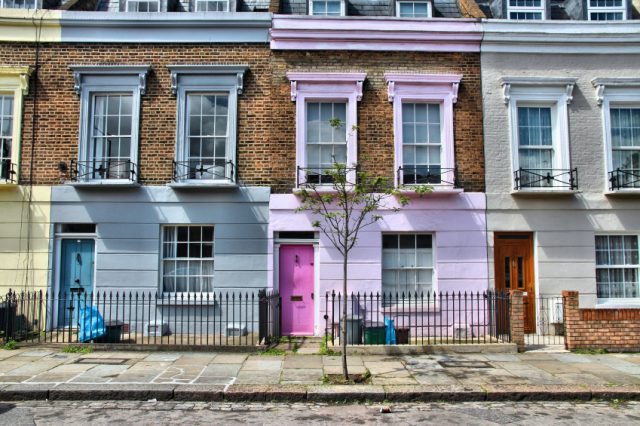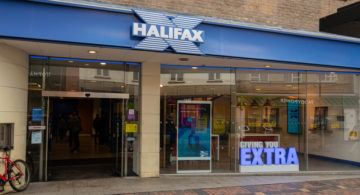House Prices still Falling in 63% of London Local Authorities
Em Morley - October 31, 2018House prices in almost two-thirds (63%) of London local authorities have dropped on an annual basis, but the proportion of markets recording price declines is expected to slow over the remainder of the year, according to Hometrack’s latest UK Cities House Price Index.
Property values fell in 29 London local authorities and the commuter belt over the past 12 months. The prosperous borough of Kensington and Chelsea suffered the greatest year-on-year decrease, at an average of 4.9%, taking the typical house price to £1.17m.
It was followed by other wealthy boroughs, such as Camden and Hammersmith & Fulham, where prices dropped by an average of 4.3% and 3.1% to £737,000 and £707,000 respectively.

House Prices still Falling in 63% of London Local Authorities
However, Hometrack’s latest analysis also reveals that the number of London postcodes recording monthly price declines has dropped to 44%, from a peak of 70% in December 2017.
This means that 56% of postcodes are now recording month-on-month price rises, implying that the proportion of markets experiencing annual price falls will slow further over the rest of 2018.
Although the London City Index as a whole has recorded a 0.4% average decrease year-on-year, lower value markets in outer and surrounding London have witnessed modest price growth over the past year, as affordability has been less stretched than in central areas.
For instance, house prices in Barking and Dagenham increased by an average of 2.3% over the past year, to £296,400. Havering, Spelthorne and Bexley experienced the next highest growth, all at an average of 1.4%.
Nationally, house prices in UK cities increased by an average of 3.2% in September, driven by strong growth in regional areas outside of the South East.
Property values are rising fastest on an annual basis in Liverpool (6.9%), followed by Birmingham (6.5%), Leicester (6.4%), Manchester (6.2%) and Glasgow (6.2%). With growth of over 6%, house price inflation in these five cities remains more than twice the rate of earnings growth (2.7%), as prices continue to rise off a low base and affordability remains attractive.
Richard Donnell, the Insight Director at Hometrack, comments on the report: “London’s housing market has registered a major slowdown in price growth over the last two years, as stretched affordability levels, multiple tax changes and weaker market sentiment have all impacted the demand for housing. Turnover has fallen much more than prices, which tend to be stickier on the way down, with few households being forced sellers.
“Our latest analysis reveals price falls are concentrated in inner London, while values continue to rise slowly in the most affordable parts of outer London and the main commuter areas. Price growth has firmed over the last six months, but the annual rate of growth remains negative, and we expect the current re-pricing process to run into 2019.”
He adds: “City level house price growth remains well above average in the most affordable cities. While the rate of growth has moderated slightly, prices in five cities are still rising twice as fast as the growth in earnings. We expect continued price growth in the most affordable markets over the remainder of the year.”


Average UK house prices hit £283,000 in May 2022, says government report
Today’s house price index from the Office for National Statistics (ONS) shows the average UK house price was £283,000 in …

Average UK house price rises again, Halifax House Price Index reports
Yet another record month has been reported for UK house prices, as Halifax sees continued growth. The latest Halifax House …

Government reports continued UK house price growth
The House Price Index for March 2022 has been published by the Government, revealing the latest house price changes for …

Rightmove reports ‘best ever spring sellers’ market’ for the UK
Rightmove has reported a new record for average house prices, as it sees the ‘best ever spring sellers’ market’. The …

Government releases latest house price data for February 2022
The Government’s UK House Price Index shows that average house prices increased 10.9% in the year to February 2022. The …